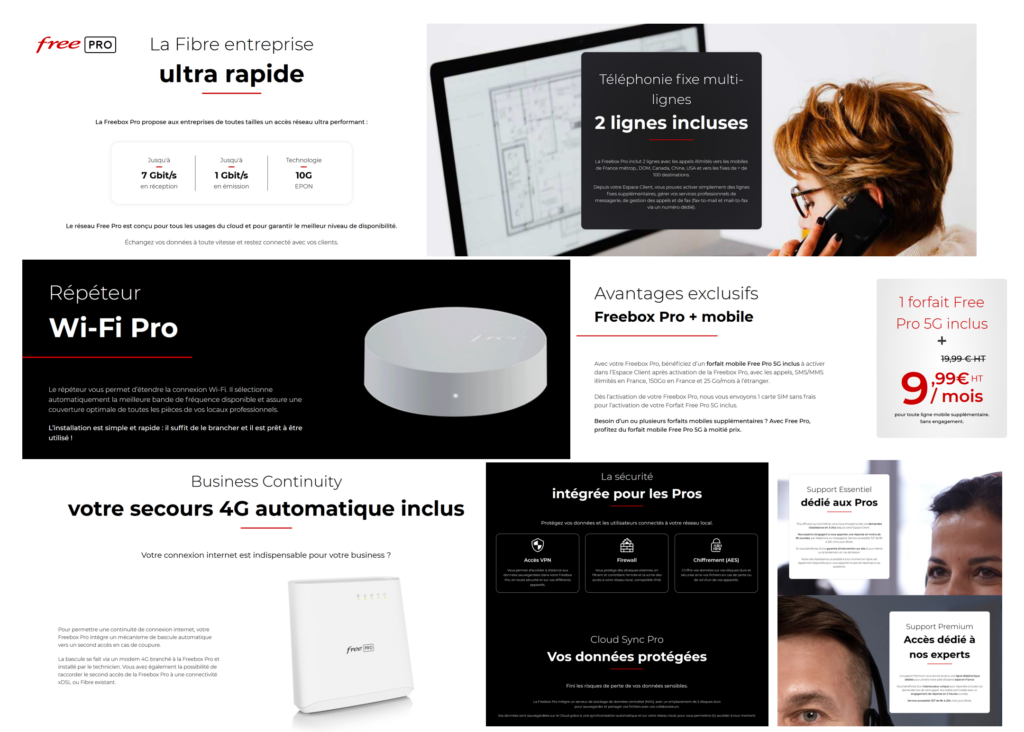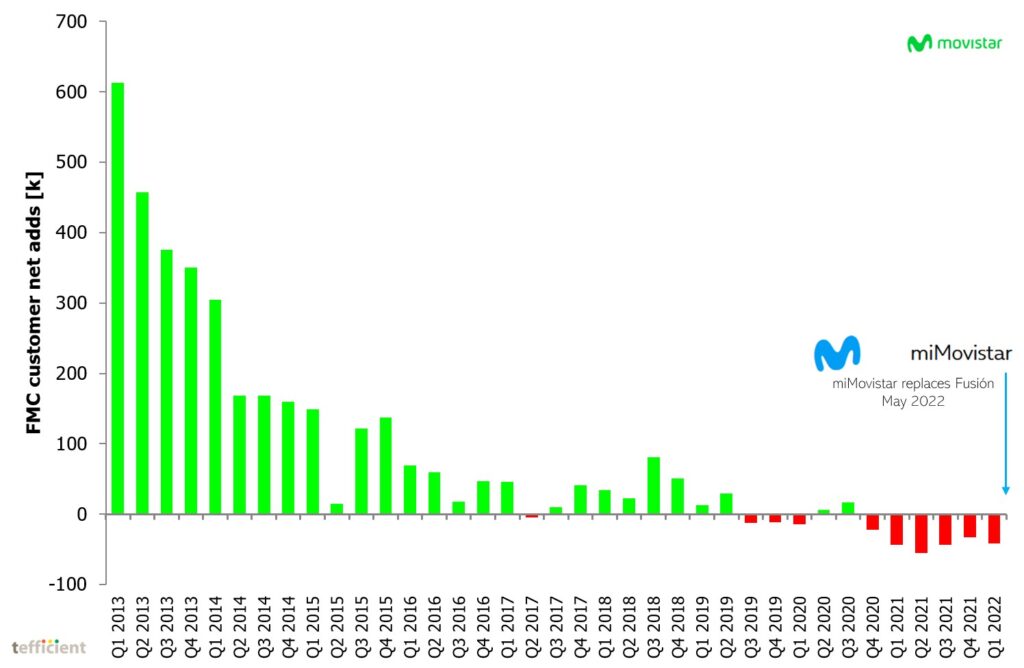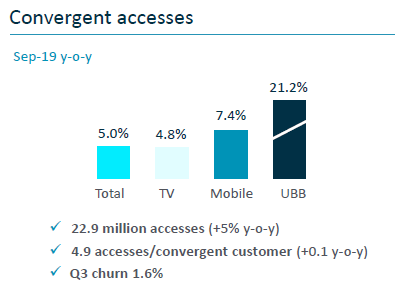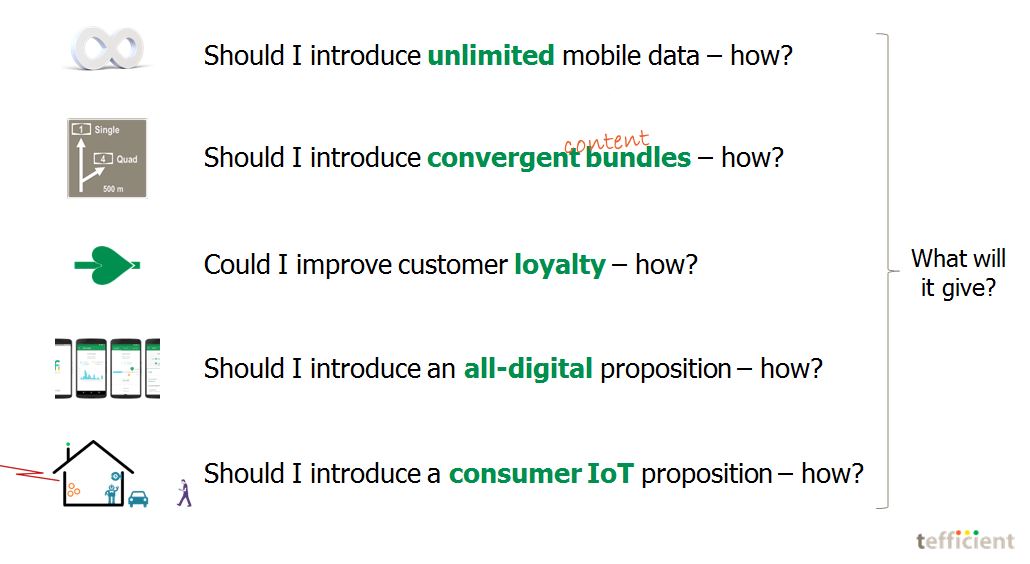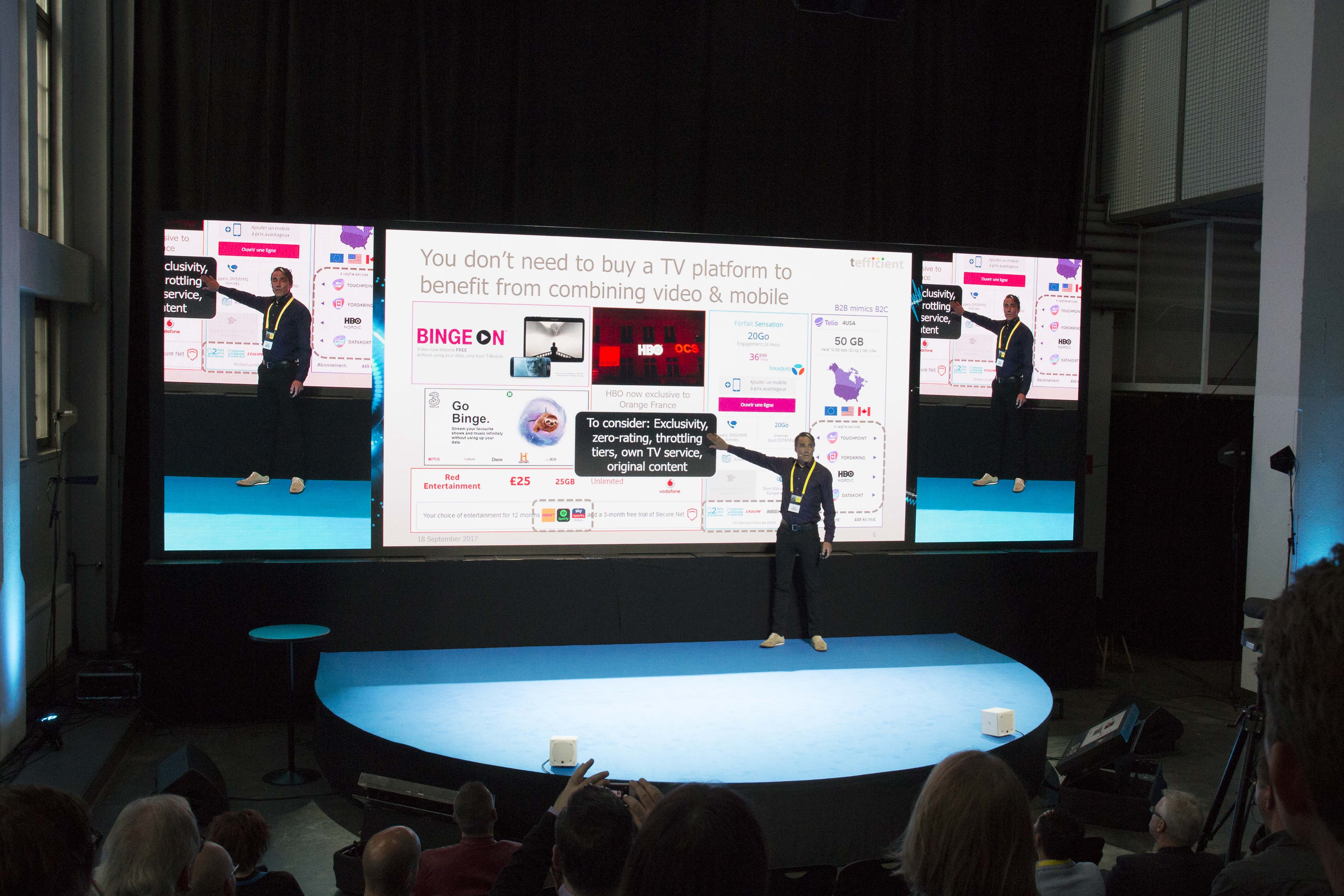Reference: Analysis, 2023
Operators often face uncertainty when addressing small and medium-sized businesses (SMEs). Should they treat SMEs like consumers or corporate customers? SMEs, being akin to a close-knit family, is a mass market but could sometimes require a personalised approach. Should operators assign dedicated sales representatives to cater to their specific needs and assemble tailored solutions?
While many operators equate convergence with fixed-mobile services, its scope extends far beyond that. Convergent SME bundles should not be limited to combining fixed and mobile services alone. SMEs have diverse requirements that operators can effectively address, such as switchboard functionality, contact center tools, office software, domain and hosting, cloud storage, cyber security, insurance, and more.
